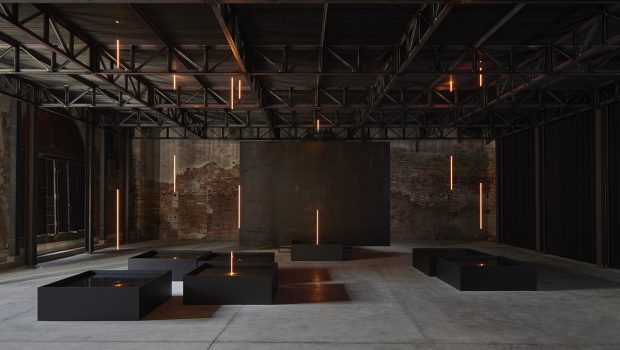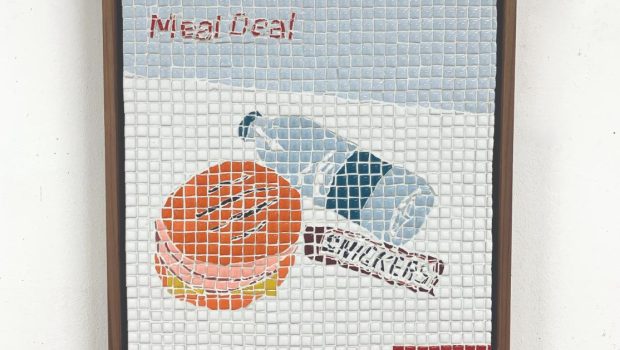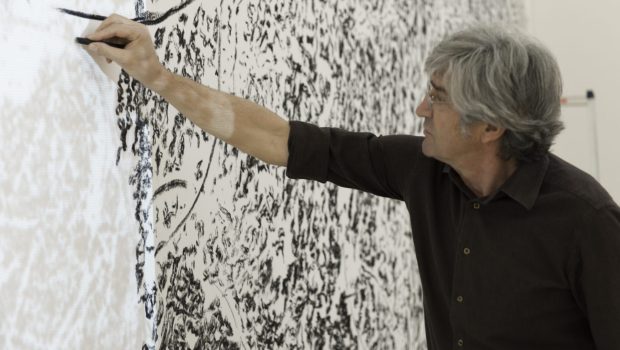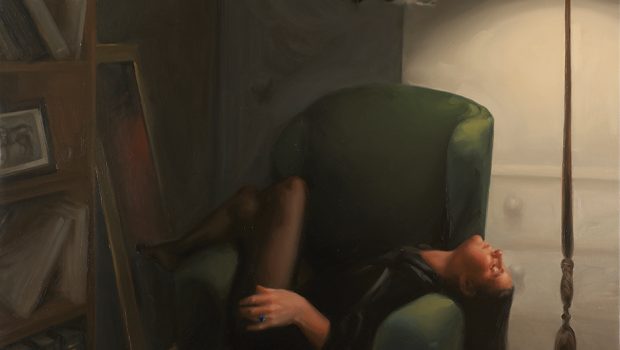Contemporary ceramics ancient histories
SOCIETY OF ARTS | FROM 22 AUGUST
Artpaper chats with Gabriel Zammit, the Programmes and Initiatives Officer at the Malta Society of Arts about their upcoming ceramic exhibition
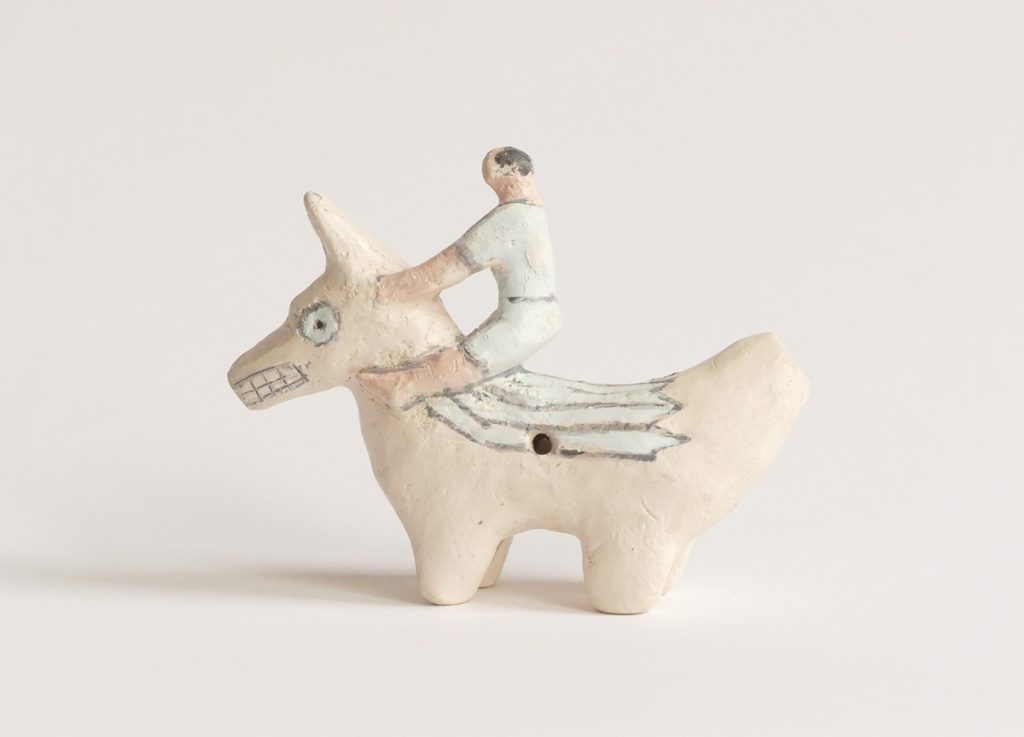
What are the main ideas behind the project?
The main aim of this exhibition is to investigate different ways of making with clay. Clay / Craft / Concept will create a dialogue between sculptural and functional clay objects by bringing together a large (36) and eclectic group of artists, all of whom think and create differently.
At its most basic the question that we are asking is ‘what is the difference, if any, between a sculpture and a beautifully crafted but functional object, such as a mug or a vase?’ Or in other words, we’re conceptualising the blurred line between craft-practice and fine-art thinking.
The one element that holds everything together is materiality. The clay and its different uses, and I am allowing narratives between objects and across the exhibition to form organically. I tried to find artists and bring together a set of objects that displayed an array of different uses of clay across time. So I included artists that work with porcelain, self drying clay, terracotta, found objects etc but also different methods such as wheel throwing, hand building, 3D printing, installation etc.

How did Clay / Craft / Concept come about?
Clay / Craft / Concept started from a conversation with my friend and collaborator Vince Briffa. We were chatting about how craft-oriented artistic practice has been completely repositioned overseas, and is taken as seriously as any other fine-art practice. So you have young artists graduating from art-school making pots, mugs, tapestries, books etc. and they are taken as seriously as anyone else. Functionality is no longer seen as a hindrance to the manifestation of artistic excellence, and the boundary line between craft and fine-art has been blurred, if not entirely done away with.
Some of the most well-known contemporary artists, in fact, describe themselves as potters and craftspeople – Grayson Perry, for example, who makes these wonderfully irreverent pots and jars, or Edmund de Waal, who uses his installations of ethereal porcelain vases to investigate personal and collective histories – and craft ceramics has been embedded firmly into the network of contemporary thinking.
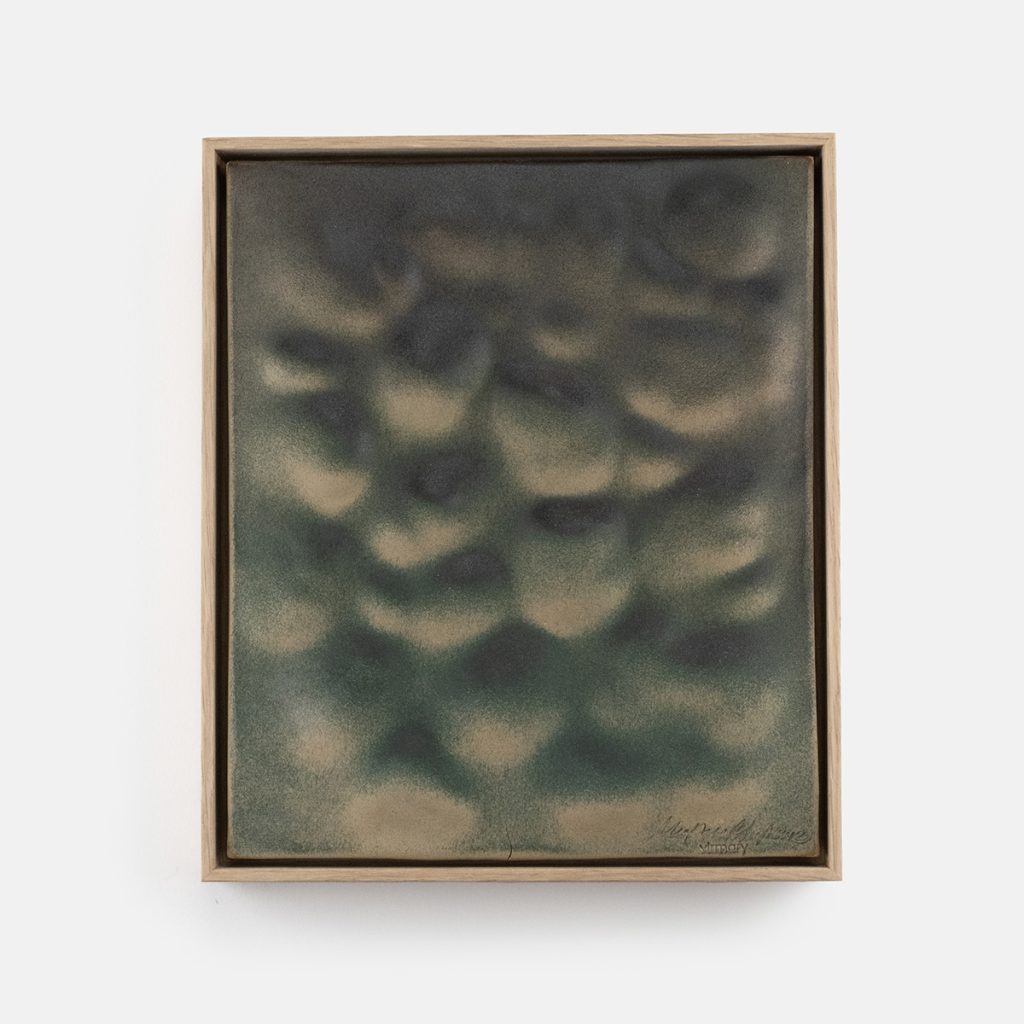
Over the past couple of years I’ve noticed a new trend of makers emerging into the craft-sphere here in Malta, producing work that is really excellent, and so it felt like the right time to build a project that attempts to shed new light on this developing facet of our cultural world.
Of course it is crucial to mention that all of this (in Malta and abroad) is only possible because of pioneers like Annie Albers and Ruth Asawa, who really pushed the possibilities of craft in the latter half of the 20th C as part of the Bauhaus, and Black Mountain College movements.
Clay / Craft / Concept looks to this rich history for inspiration. I think we’ve only just begun to scratch the surface of the crafts here in Malta, and they are still seen as either traditional or purely functional, and while neither of these perspectives is wrong, I think there is a lot more to be said.
This is a Malta Society of Arts Initiative, how does this show connect to the Society, it’s past, present and future?
The Society has long been a stronghold for supporting crafts. In the past the Society’s committee would advocate for and endorse craftspeople or companies. Farsons Brewery, for example, was awarded the gold-medal award in 1929 for their skill in brewing beer, as well as Scicluna and Co. in 1903 for building handmade pianos in Malta, and Pirotta and Sons in 1965 for their artistic craftsmanship in silver. The Society’s annual exhibition always aims to develop on a historical aspect of the institution, while always being aware of what is happening in the present and at the same time keeping an eye to the future.
Nowadays we still have a school with nearly a thousand students and we are also the only institution that offers courses in crafts such as lacemaking. The Society, therefore, is the perfect platform for this kind of exhibition because it will be supporting a new wave of craftspeople and positioning them within a wider historical narrative.
What about the curatorial dimension, how does this fit into your own practice?
In my curatorial practice I am interested in boundaries, edges and limits, the demarcation lines that establish who we are as human beings, and how we understand the world. I investigate the transgression of these limits in the exhibitions I curate, looking for moments that bring the foundations of our humanity to light. So in the past I’ve curated exhibitions that look at the experience of the uncanny, or of solitude, for example, because these emotional states force us to face who we are deep underneath the everyday human chatter, and renegotiate the limits of how we think and feel.
Clay / Craft / Concept falls along the same axis in a general sense because it is looking into a conceptual boundary line between craft and fine art. It is a boundary line that is indicative of the way we think and create as human beings. I don’t want to over-conceptualise this, but I’m exploring the playful transgression of stepping back and forth across a border.
Can you tell us a little bit about what we will see in the exhibition design?
Initially I started out thinking this would be a rather serious and sombre exhibition, the galleries here at the Society are quite intimidating, and the history of the building itself prompts seriousness, as does the fact that this is an MSA initiative.
But as I started selecting artists and doing studio visits I began to realise what an androgynous and playful material clay is. It can be extremely sober – as in the beautiful chalices from the Etruscan period – but it can also be fun and quirky – as in the wobbly creations of Eleanor Meredith or Sofia Kuzmenko + Matthew Mamo, the duo behind THISS Clay – so I felt that the exhibition had to strike a middle ground between the two extremes, and what we (Tom van Malderen is doing exhibition design) settled on was an exhibition language that is quiet, understated and serious, but overlaid with an arrangement of objects that is maximalist and eclectic, driven by a consideration of what looks and feels good.
You are also including ancient artefacts in the exhibition, from prehistory, Etruscan Malta and the Baroque. Could you tell me a little more about this?
I brought these artefacts into the show as anchor points. They allude to and connect with an ancient tradition that has been traced back at least 28,000 years. The oldest pieces in the show are from the neolithic period here in Malta, so c. 5200 – 2500 bc. while the newest have been created specifically for this show. I love the idea of a neolithic man or woman cupping their hand around a small mug, just like we do nowadays, and perhaps will always continue to do. There is something vulnerable and strangely human to this and I wanted to bring that element into the show.
Another reason that I wanted to include this work, in fact, is that these objects have a strange aura because of how they are looked at and treated. They started out as utilitarian vessels but are now completely insulated from the touch of any hand by museum glass and handling protocols. Effectively they have changed, therefore, from craft ceramics into sculptural ceramics.
Can you give us a teaser about who we’ll be seeing in the show, as well as any other collaborations or collateral events connected to this?
I’ve already mentioned that there are going to be museum pieces from across history but you can also expect to see artists like Nico Conti, Ioulia Chante, also known as Babau Ceramics and, as previously mentioned Sofia Kuzmenko + Matthew Mamo as THISS Clay. There are also going to be purely sculptural ceramic artist featured such as Nina Gerada, Paul Scerri and others, alongside perhaps some less familiar (here in Malta) but equally interesting names, such as Leah Kaplan and Skuja Braden … but that’s all I’ll say for now, the full list will be announced soon. The catalogue will also feature essays by Vince Briffa and Clive Zammit, and we have a few auxiliary events planned for the duration of the show.
Clay / Craft / Concept: Contemporary ceramics ancient histories opens on the Thursday 22 August at the Malta Society of Arts. This exhibition is a Malta Society Initiative and is curated by Gabriel Zammit. Gabriel Zammit is the Programmes and Initiatives Officer at the Malta Society of Arts and maintains a curatorial and writing practice. Gabriel is also a part time casual lecturer with the department of Education and the department of Digital Arts at the University of Malta.


